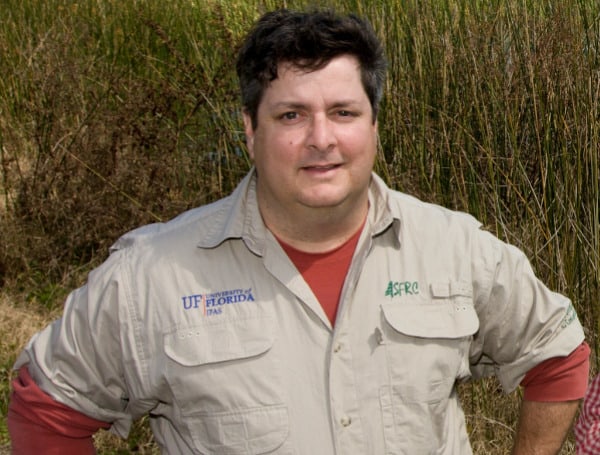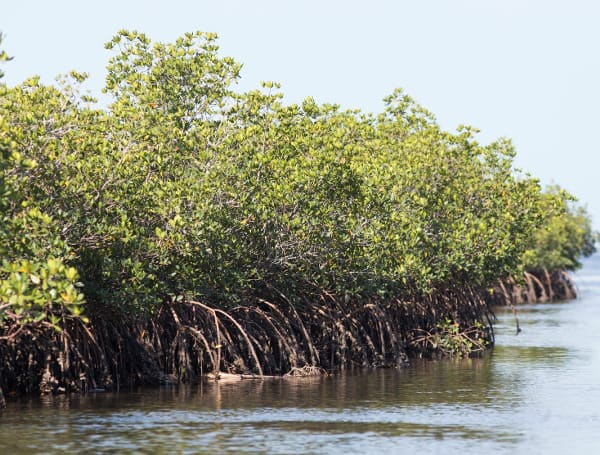About three of every four Floridians live along the coast, and mangrove trees often dot waterfront properties. Sometimes owners want to trim the mangroves so they can see the sea better.
But the state regulates mangrove trimming. The 1996 Mangrove Trimming and Preservation Act sets requirements for trimming, such as hiring professional trimmers, under certain circumstances. But it’s critical to understand the effect of trimming on the mangroves themselves, as they offer significant environmental benefits.
When the Florida Department of Environmental Protection asked UF/IFAS for data on the consequences of mangrove tree trimming, Natalia Medina-Irizarry, a UF/IFAS forest systems research assistant and Michael Andreu, an associate professor, did a deep dive into existing research. That literature review turned into a new UF/IFAS Extension document, “The Impacts of Trimming Mangroves.”

In their research, the UF/IFAS scientists found that while no studies show the impacts of repetitive trimming on mangroves, data do show significant negative impacts from each individual trimming. Mangroves are likely to produce fewer leaves and flowers the following year. Of the three mangrove species in Florida, red mangroves recover slowest when trimmed.
Those are direct effects of trimming mangroves. Indirect impacts can include shifts in ecosystem benefits. For instance, reduced tree heights after a trimming lower the trees ability to buffer winds and waves during storms. They prevent erosion by trapping sediments with their extensive root systems.
Mangroves also store carbon, and they serve as a habitat for endangered wildlife and valuable fish.
Many wildlife species rely on mangroves, Medina-Irizarry said. She and Andreu focused on species currently or previously listed as endangered or imperiled and that are associated with mangroves. That included about 55 species, including Gulf and Atlantic sturgeon, sawfish, and snook.
As a rule, trimming during the spring or summer causes less stress on mangrove trees compared to trimming during the fall or winter. Because mangroves are tropical trees, they produce new leaves almost year-round. That being said, they produce the most leaves during the summer.
“Mangroves are extremely resilient trees; however, human-caused disturbances impede their response to trimming,” Medina-Irizarry said. Examples include dredging, clearcutting, urban development, air and water pollution, and invasive species. “Property owners should consider weighing the health of the mangroves as well as their value to wildlife and human protection before they consider having their mangroves trimmed to simply enhance their view.”
“More research on the long-term impacts of trimming mangroves is crucial to ensure the correct measures to take to best protect mangroves and the human/wildlife benefits they provide,” Medina-Irizarry said.
Visit Tampafp.com for Politics, Tampa Area Local News, Sports, and National Headlines. Support journalism by clicking here to our GoFundMe or sign up for our free newsletter by clicking here.
Android Users, Click Here To Download The Free Press App And Never Miss A Story. Follow Us On Facebook Here Or Twitter Here.

